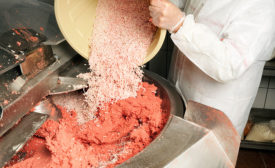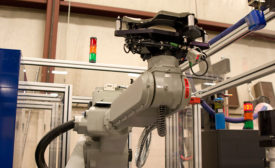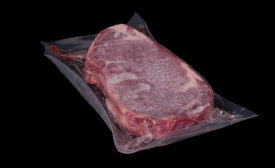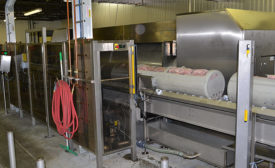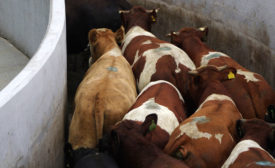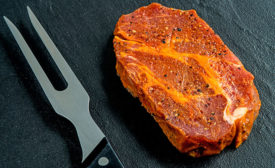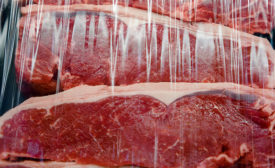Meat and Poultry Processing
New generation mixing technologies positioned to enhance production capabilities and protein attributes are part of growing automation movement in meat and poultry plants.
Read More
Resource conservation: The power to change meat and poultry plants
The excessive use of energy and water is rampant in many meat and poultry plants, but a focus on conservation can result in large economic paybacks.
Read More
Robotics and automation in meat and poultry plants
Robotics are on course to be mainstays in meat and poultry plants as the technologies become more dynamic and cost effective.
Read More
High pressure is rising
Companies of all sizes are taking advantage of the food safety benefits that high-pressure processing brings.
Read More
Injecting marinades: Reward, not without risk
Injecting marinades into proteins can enhance product quality and help generate greater revenues, but food safety is an ongoing issue.
Read More
Stay ahead of the curve. Unlock a dose of cutting-edge insights.
Receive our premium content directly to your inbox.
SIGN-UP TODAYCopyright ©2024. All Rights Reserved BNP Media.
Design, CMS, Hosting & Web Development :: ePublishing
